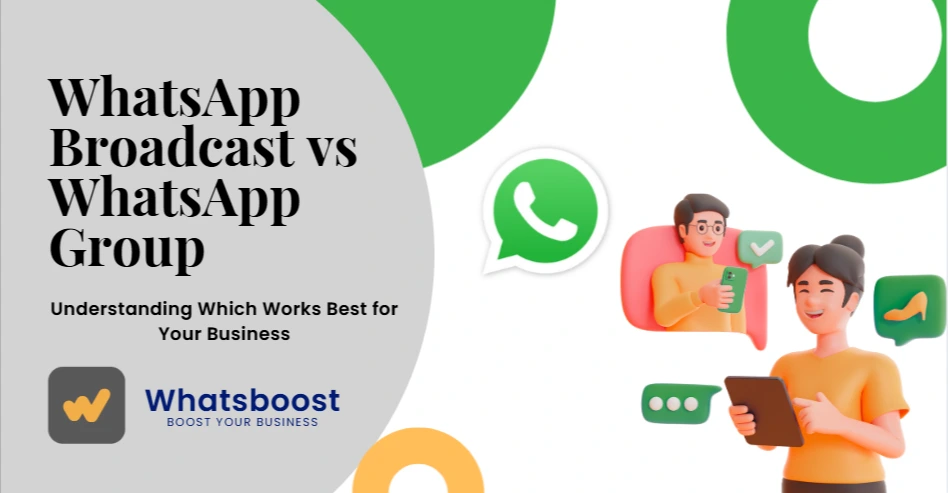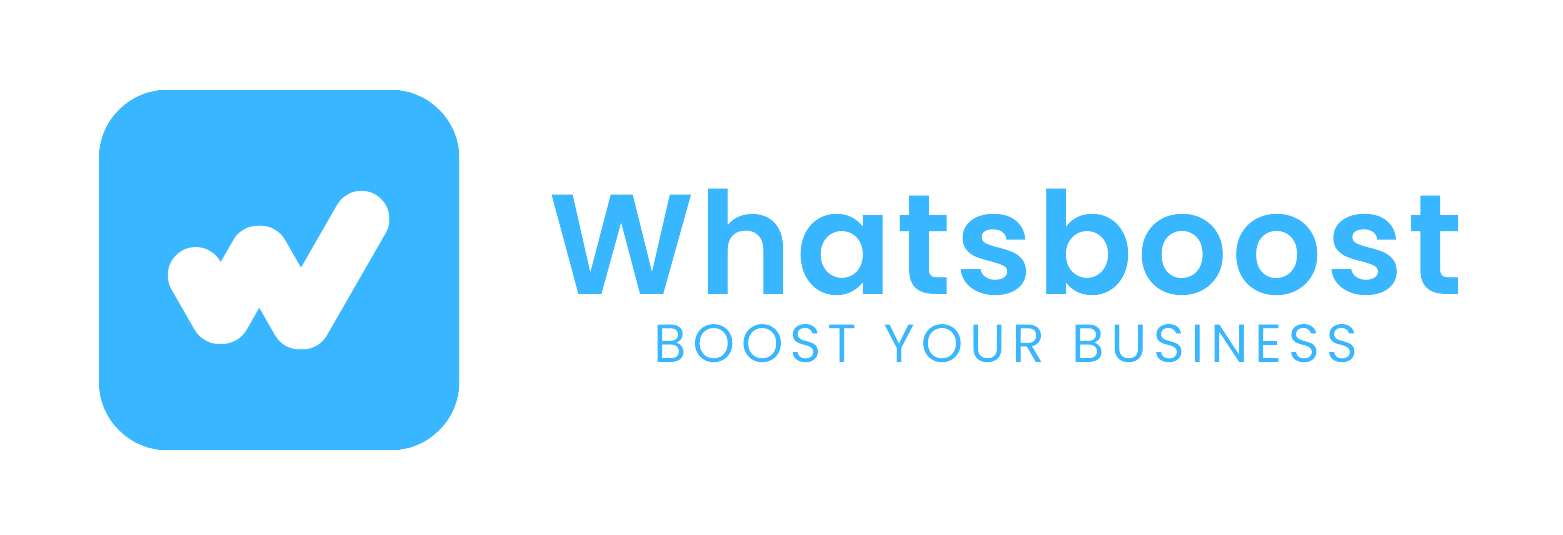
WhatsApp Broadcast vs WhatsApp Group: Understanding Which Works Best for Your Business
Explore the differences between WhatsApp broadcasts and groups, and learn how to use each effectively for your business communication. Understand when to use broadcasts for announcements and when to engage customers with groups, all explained with practical insights and best use cases.
Effective communication is essential for managing relationships with customers, teams, and communities. WhatsApp offers two primary tools to facilitate this: broadcasts and groups. Knowing the key differences, benefits, and appropriate use cases for each helps businesses make informed decisions and streamline messaging workflows.
This article explores WhatsApp broadcasts and groups, their distinct functions, and how WhatsBoost uniquely supports automation and management for both, providing flexibility and efficiency without relying solely on the official WhatsApp Business API.
How WhatsApp Broadcasts Function
WhatsApp broadcasts allow sending the same message to multiple contacts simultaneously while keeping recipients unaware of who else received the message. It’s a form of one-way communication where each contact receives the message individually, maintaining privacy.
Key Features of Broadcasts
-
Discrete Messaging: Recipients only see the message sent by the business, not the list of other recipients.
-
Ideal for Announcements: Suitable for sharing product launches, alerts, promotions, or reminders.
-
Requirement: Only contacts who have saved the business’s number in their address book receive broadcast messages.
Use Cases Where Broadcasts Excel
-
Sending appointment or delivery reminders.
-
Sharing promotional offers or newsletters.
-
Providing service updates without engagement from mass recipients.
Broadcasts offer an efficient channel to deliver uniform messages while maintaining recipient privacy and reducing clutter.
Understanding WhatsApp Groups for Business
WhatsApp groups serve as collaborative spaces where participants can both send and receive messages, fostering real-time interaction among members. Everyone in the group sees all messages, enabling discussion, support, or community building.
Key Features of Groups
-
Two-Way Communication: All members can participate in conversations, share files, or provide feedback.
-
Group Management: Admins control membership, message permissions, and group information.
-
Transparency: All participants can view the group members and ongoing messages.
Use Cases Suited to Groups
-
Internal team coordination or project collaboration.
-
Customer community support and knowledge sharing.
-
Event coordination and participant engagement.
Groups are valuable where interaction, discussion, and relationship building are priorities.
Choosing Between Broadcast and Group Based on Communication Needs
| Communication Need | WhatsApp Broadcast | WhatsApp Group |
|---|---|---|
| Privacy of recipients | Maintained | Members visible |
| Interaction required | No, one-way messaging | Yes, interactive dialog |
| Use for announcements | Ideal | Less suitable |
| Use for collaboration | No | Perfect |
| Recipient volume | Suitable for large lists | Typically smaller, focused |
| Ease of management | Simple message dispatch | Requires active moderation |
WhatsBoost’s Role in Enhancing WhatsApp Communication
WhatsBoost addresses typical limitations by providing a comprehensive automation platform that supports both broadcast and group communication effectively, including without needing the official WhatsApp Business API.
WhatsBoost’s USPs In This Context
-
API-Free Automation: Enables businesses to automate broadcasts and group interactions without waiting for WhatsApp Business API approval or facing its restrictions.
-
Unified Management Dashboard: Central control over message scheduling, group membership automation, and broadcast segmentation.
-
Advanced Group Automation: Automate onboarding, scheduled announcements, resource sharing, and feedback collection within groups.
-
Data-Driven Insights: In-depth analytics for both broadcasts and groups allow continuous optimization of communication efforts.
-
Scalability: Designed to handle small to large audiences with consistent performance and compliance adherence.
This combination allows organizations to choose the right communication approach for their needs, automate repetitive tasks, and maintain personalized engagement at scale.
Implementation Considerations
When deciding on WhatsApp broadcasts or groups, consider:
-
Nature of the message: informational only versus interactive engagement.
-
Privacy requirements for recipients.
-
Volume and demographics of the audience.
-
Resource availability for message moderation and management.
Using WhatsBoost’s flexible platform, businesses can experiment, use both formats as complementary tools, and evolve communication strategies based on performance data.
Frequently Asked Questions
Can broadcasts and groups be used simultaneously?
Yes. Broadcasts are effective for broad announcements, while groups foster more personalized and collaborative conversations.
Are responses to broadcasts visible to others?
No. Replies to broadcasts come as private chats to the business.
Is group messaging manageable at scale?
With automation tools like WhatsBoost, group management, messaging, and member onboarding can be automated to reduce manual effort.
Do businesses need the WhatsApp Business API to use WhatsBoost?
No. WhatsBoost offers automation functionalities without requiring official API access, providing access to automation for broader business users.
Conclusion
Both WhatsApp broadcasts and groups serve important but distinct communication purposes. Understanding these differences and using automation effectively improves message delivery, engagement, and operational efficiency. WhatsBoost offers versatile solutions for both channels, removing technical barriers and enabling scalable, customized WhatsApp communication strategies tailored to business needs.
